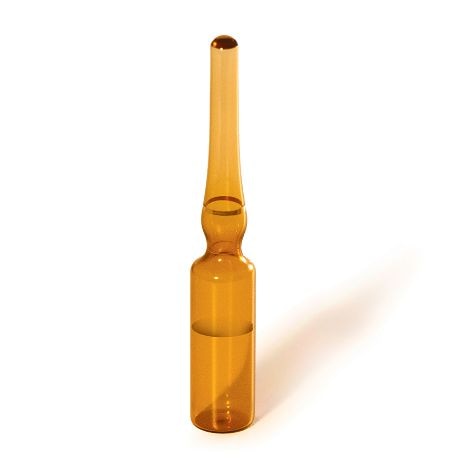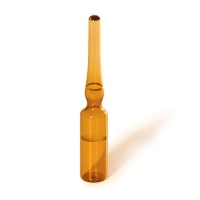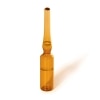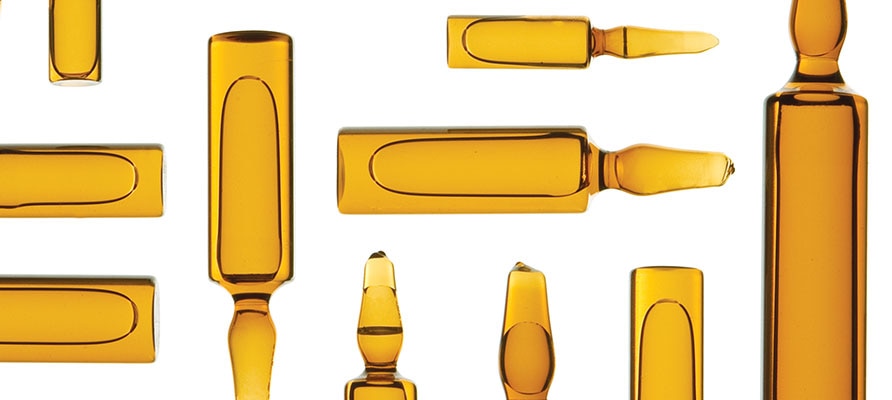Carbonyl compounds, including low molecular weight aldehydes and ketones, are receiving increased attention by the regulatory community. Formaldehyde in automobile exhaust accounts for 50-70 percent of the total atmospheric carbonyl burden. Furthermore, motor vehicles emit reactive hydrocarbons that undergo photochemical oxidation in the atmosphere, producing formaldehyde and other carbonyls. Short-term exposure to formaldehyde and other specific aldehydes (acetaldehyde, acrolein, crotonaldehyde) causes irritation of the eyes, skin, and mucous membranes of the upper respiratory tract. Formaldehyde is a major promoter in the formation of photochemical ozone.
Formaldehyde is the target compound for US EPA Compendium Method TO-11A and Method 8315, but at least 14 other carbonyl compounds also can be detected and quantified. Method T0-11A modifies the sampling procedures outlined in earlier Method TO-5; the newer method is based on the specific reaction between carbonyl compounds and the 2,4-dinitrophenylhydrazine (DNPH) coating on a silica gel adsorbent (packed in cartridges), in the presence of a strong acid catalyst. The reaction produces stable, colored hydrazone derivatives.
To meet the needs of analysts monitoring these compounds, Restek offers a new 15-component aldehyde standard for US EPA Compendium Method TO-11A and Method 8315. The concentration of the mix components, 15µg/mL each, is similar to the concentration of interest in most ambient air work.
A 150 x 4.6 mm Ultra C18 HPLC column (cat.# 9174565) is optimal for fast, reliable analyses of the derivatives of formaldehyde, the other aldehydes, and the ketones in the reference mix; it resolves all 15 compounds in 16 minutes.
Additional Information
Formaldehyde and Other Aldehydes Committee on Aldehydes, Board of Toxicology and Environmental Hazards, National Research Council, National Academy Press, Washington, DC, 1981.
Acetaldehyde-DNPH (1019-57-4)
Acetone-DNPH (1567-89-1)
Acrolein-DNPH (888-54-0)
Benzaldehyde-DNPH (1157-84-2)
n-Butyraldehyde-DNPH (1527-98-6)
Crotonaldehyde-DNPH (1527-96-4)
2,5-Dimethylbenzaldehyde-DNPH (152477-96-8)
Formaldehyde-DNPH (1081-15-8)
Hexaldehyde-DNPH (1527-97-5)
Isovaleraldehyde-DNPH (2256-01-1)
Propionaldehyde-DNPH (725-00-8)
m-Tolualdehyde-DNPH (2880-05-9)
o-Tolualdehyde-DNPH (1773-44-0)
p-Tolualdehyde-DNPH (2571-00-8)
Valeraldehyde-DNPH (2057-84-3) *The reported concentrations reflect the amount of aldehyde or ketone in the mixture. The concentration of derivatized aldehyde or ketone is not reported.





